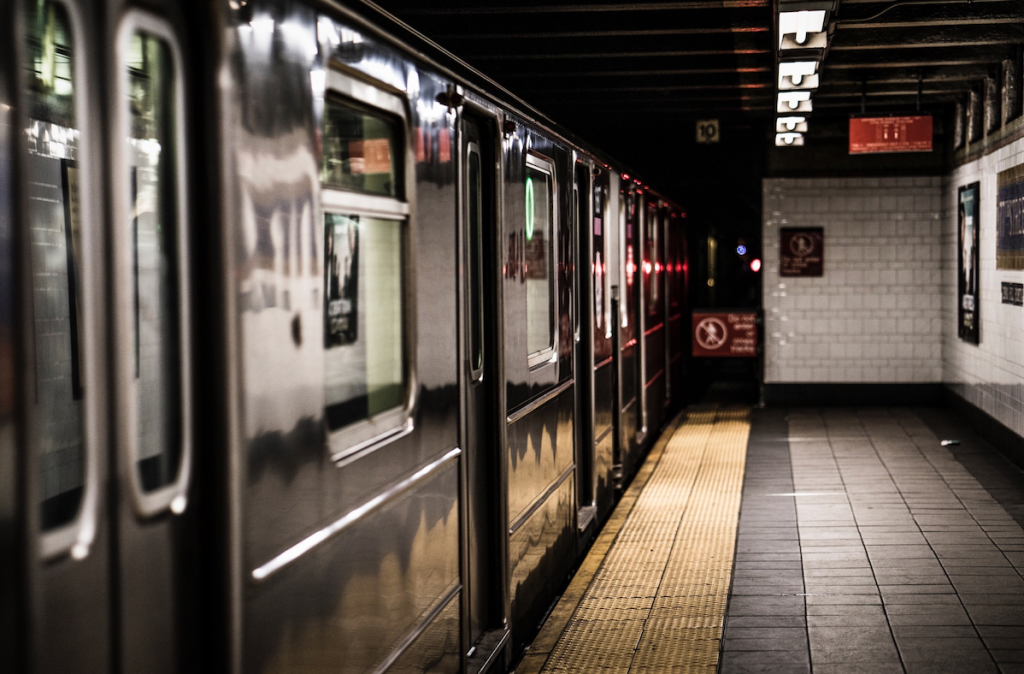At the turn of the century, transportation in the United States was the envy of the world, the development of the railroad system was the phenomena of the industrial revolution. Today, the public transportation system in the United States is ailing and urban gridlock is an insidious problem. The average American commuter spent a shocking 54 hours delayed in traffic in 2017, up from 20 hours in 1982. Besides the loss of productivity hours, urban gridlock poses other serious problems for businesses that rely on efficient production and deliveries. It also heightens stress levels, increases carbon emissions and exacerbates air pollution. In 2017, the annual cost of congestion in the United States was a staggering $170 billion. Statistics from the Federal Bureau of Transportation shows that Americans take 1.1 billion trips a day, of which 91 percent of the trips made by commuters are in personal vehicles. Clearly, personal vehicles remain Americans’ preferred mode of transportation. Why do Americans still prefer cars? Why is the existing public transport system not attracting more commuters? With the population in the United States rising steadily over the years, transport thinkers looking for solutions have to think beyond merely adding newer and costlier infrastructures.
A Vicious Cycle of Poor Public Transport System and Rise in Car Ownership

As with any story, there are problems…
Clatter Clatter Clackity Clack. When dozens of commuter rails hit the country in the 1980s, fleets of American cars made their way to the nearest station on a typical Monday morning, parked at the spacious lots and took the rail into the city for work. In the evening, the process was reversed.
When light rail systems sprouted across the United States in the 1990s, there was an effervescent revival to the transport system. However, while the attractive light rail system provided affordable rail transit to many cities, the bubbles fizzled in other cities where the rails have trains that run only every half an hour or less. Most notably, Cleveland’s $70 million rail system had trains running only twice a week for several years. These light rails were often isolated systems with limited connecting bus services for people who do not live near the rail stations. Today, many places are still not covered by full-service bus routes, making it impossible for Americans to reach their destination without driving. Therefore, it is not surprising that a study in 2008 showed that 35% of car-owning American households own three or more cars. Funding that was needed to improve the public transport system was poured into road infrastructure instead, to support the increase of cars. This results in a vicious cycle where unattractive public transport services mean fewer riders and more cars on the road. This problem can be solved if sound and sustainable transport services are first provided to attract more riders. When ridership increases, a positive cycle can be established where demand drives better transport services, thereby reducing the reliance on cars.
This virtuous cycle has yet been established in the United States. In fact, statistics shows that public transport ridership has declined slightly since 2016 despite a rising population. More recently, the coronavirus pandemic has plummeted ridership more than 90%, with the commuter rail hit the hardest. While the fall in ridership might be attributed to a pandemic and an increase in car ownership, other factors like the recent switch to mobile ride-hailing and flexible teleworking might just be the silver linings in this transport downturn.
Digital-age Transportation
Technological innovations are giving a new twist to the story.
In recent years, mobility apps for ridesharing, scooter and bike share fleets and fractional car ownership are revolutionising public transport systems, enabling people to travel without owning a car. Private hire vehicles are now part of the public transport network. New apps like Float Mobility aggregates these options and allow commuters to compare the time, cost and carbon emissions across all modes of public and private transport. In a serendipitous way, these innovations might just be the solutions to America’s age-old chicken and egg problem.
With tech companies, ridesharing pioneers and app makers pouring in and seizing a share of the transportation pie, previously seen as the government’s responsibility, the results are explosive. Users can enjoy greater accessibility and more transport choices. The technological advancements – rise of social media, peer-to-peer networking and the spread of smartphones, are fanning a keen desire for collaborative consumption, that is gaining popularity among younger Americans. These consumer preferences are promoting new modes of transport and services: Avego to share rides with strangers or GoLoco to share them with friends; peer-to-peer car sharing services like Getaround, and on-demand car services like Uber.
San Francisco’s SFpark program has installed sensors in the street below thousands of parking spaces and in garages. They collect information and make it available to a website and app, allowing drivers to get real-time data about open spaces. Waze relies on its users to crowdsource road conditions and show real-time information about speed, traffic jams, directions, and even the location of speed traps. These innovations are helping to improve transportation efficiency.
Future of Urban Mobility
What will the future of urban mobility look like? Well, it is not going to be flying cars visualised by our ancestors but the future of mobility is definitely not the single car ownership we see today. Technology is going to completely transform the transportation landscape and it needs to be shaped in a way that is sustainable for future generations. A happy ending? Not quite. There is still much work to be done. Us passengers, have a huge say in rewriting this transport story without even realising it because where there is interest and demand, technology will follow.




Pingback: Time to Topple the Car Monopoly? – Float Blog